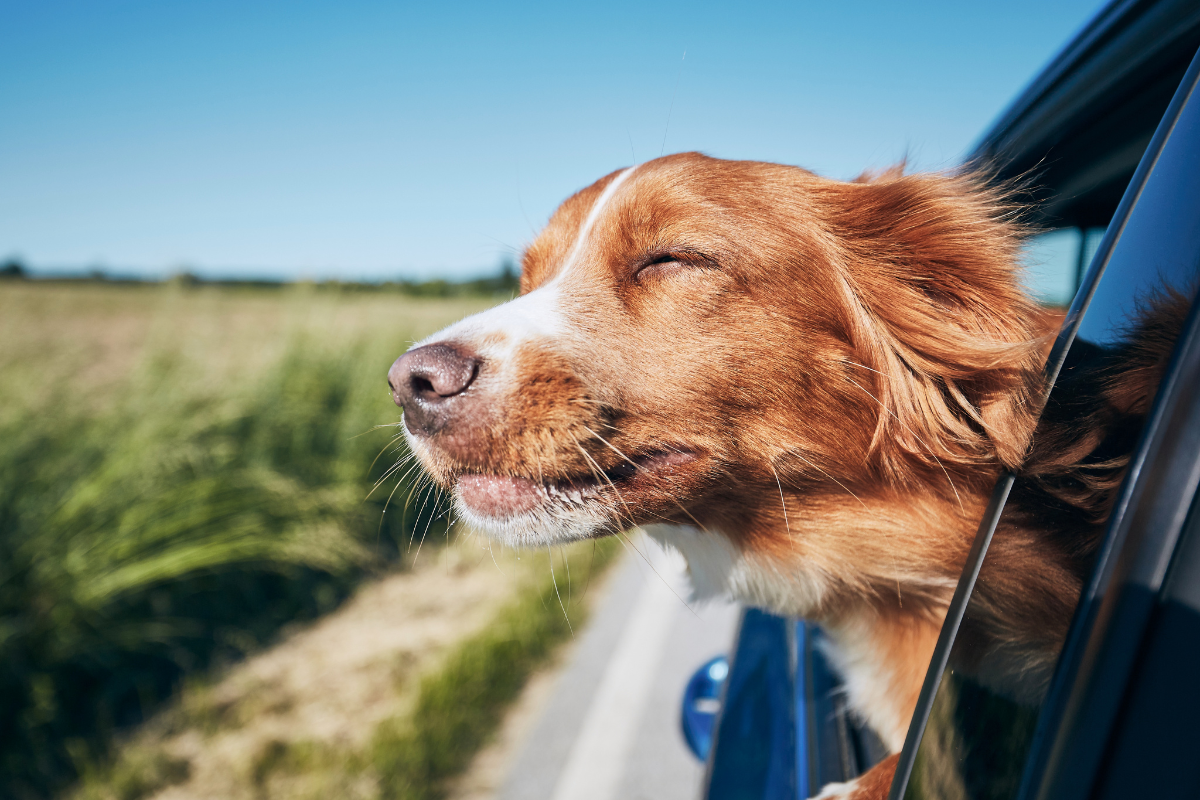How to Safely Transport Pets: A Comprehensive Guide
Transporting pets can be a challenging task, but with proper preparation and understanding, it can be a stress-free experience for both the pet owner and the pet. Whether you’re moving to a new home, traveling for a holiday, or relocating internationally, it’s essential to ensure that your pet’s journey is safe, comfortable, and compliant with regulations. In this guide, we’ll cover the key aspects of pet transportation and provide you with expert tips to make the process smoother.

1. Plan Ahead for Pet Transportation
Planning is critical when transporting pets. Start by researching the travel requirements for your destination. For international travel, check the country’s regulations regarding pet entry, including required vaccinations, quarantine, and any special health documentation. Domestic travel within countries is usually simpler but may still require advance bookings or health certificates for certain modes of transport.
2. Choose the Right Mode of Transportation
The choice of transport method depends on the distance and your pet’s temperament. Here are the most common options:
- By Car: This is one of the easiest ways to transport pets, especially for short trips. Make sure your pet is comfortable in the car and secure them in a crate or with a pet seat belt. Avoid feeding them immediately before the journey to prevent motion sickness.
- By Air: For longer distances or international travel, flying may be the only option. Many airlines offer pet transportation services, but it’s essential to choose an airline with a good reputation for pet safety. Pets can travel in the cabin or cargo, depending on their size and the airline’s policies.
- By Train or Bus: Some train and bus services allow pets, though the rules vary between companies. Always check in advance and prepare a comfortable carrier for your pet.
3. Ensure Your Pet’s Comfort and Safety
Comfort and safety are paramount during pet transport. Here are some important tips to ensure your pet has a safe trip:
- Use a suitable carrier or crate: The crate should be well-ventilated, spacious enough for your pet to stand, turn around, and lie down comfortably. Line it with absorbent material in case of accidents.
- Get your pet familiar with the crate: Before the trip, give your pet time to adjust to their carrier. Place their favorite blanket or toy inside to create a sense of familiarity.
- Stay hydrated: Ensure your pet has access to water, especially for long journeys. For air travel, freeze a small dish of water to place in the crate—this way, it will melt slowly during the flight, providing a steady supply.
- Regular breaks for road trips: If you’re traveling by car, take breaks every few hours to let your pet stretch, hydrate, and relieve themselves.
- Monitor temperature: Avoid extreme temperatures when traveling. Never leave your pet in a parked car, especially in hot weather, as the inside temperature can rise rapidly and cause heatstroke.
4. Prepare the Necessary Documentation
When transporting pets, particularly for international travel, having the correct documentation is crucial. This may include:
- Vaccination records: Ensure your pet is up-to-date on all required vaccinations.
- Health certificate: Many countries and airlines require a certificate issued by a licensed veterinarian within a specific time frame before travel.
- Microchip registration: Some countries mandate that pets are microchipped and registered before entering.
- Import permits: Depending on the destination, you may need an import permit, especially for international relocation.
5. Consider Pet Transport Services
If you’re unable to transport your pet yourself, consider using professional pet transport services. These companies specialize in handling every aspect of pet travel, from documentation to ensuring a comfortable journey. They often provide door-to-door services, which can be especially helpful for international travel or large pets.
6. Post-Travel Care
After arriving at your destination, give your pet some time to adjust. Allow them to explore their new environment at their own pace, and ensure they have access to fresh water and their favorite food. Keep their routine as normal as possible to minimize stress.
Cú: Loài Vật Có Đôi Mắt Độc Đáo Nhất Thế Giới
